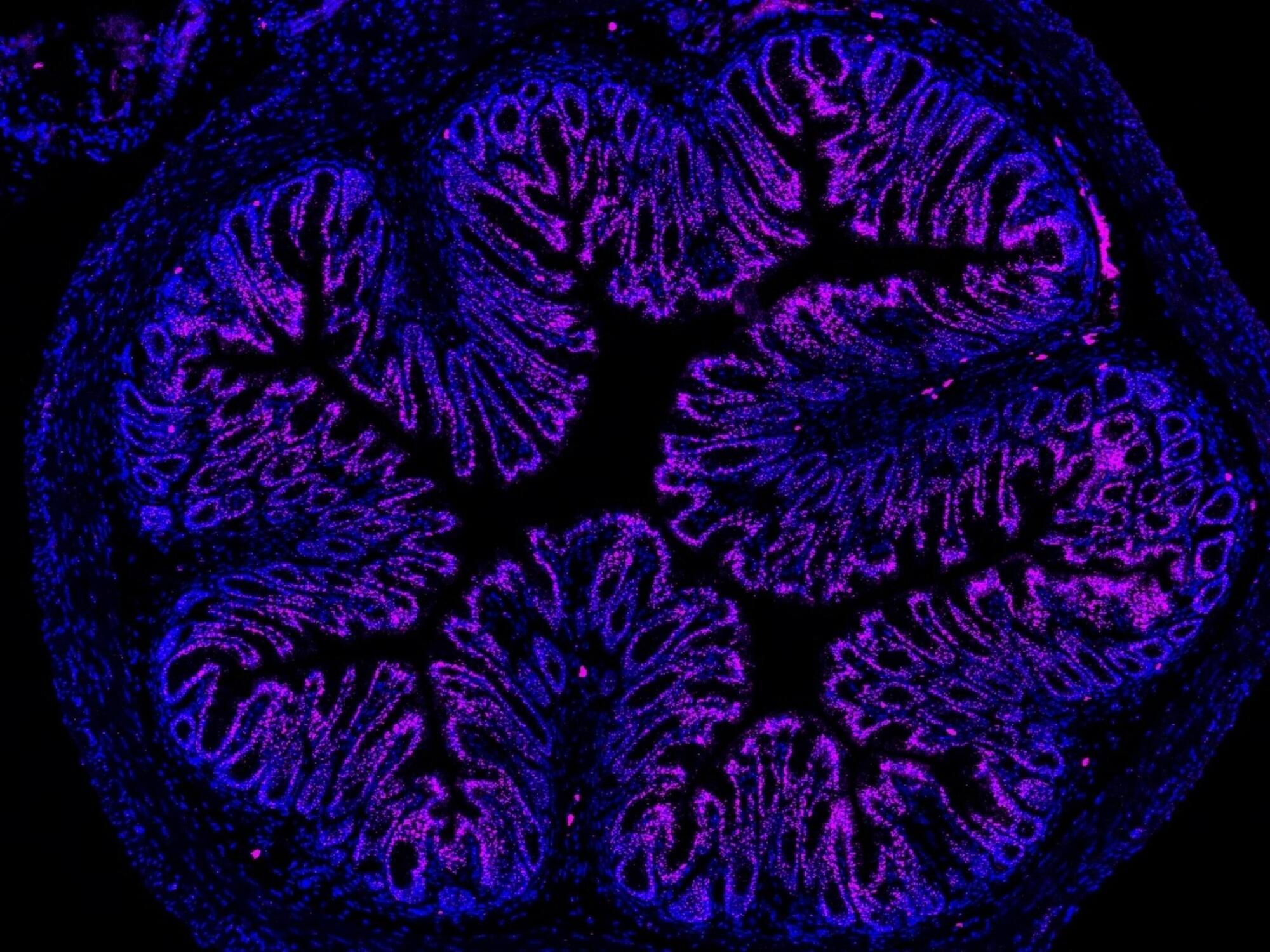Abdominal pain is a hallmark of many digestive disorders, including inflammatory bowel disease and irritable bowel syndrome. In an effort to develop targeted treatments for gut pain, scientists have discovered a new enzyme in gut bacteria and are using nanoparticles to deliver drugs inside cells.
Currently, there are no treatments specifically for gut pain, and existing painkillers are often insufficient at managing symptoms. These drugs—including opioids, NSAIDs, and steroids—also come with side effects, some of which directly harm the digestive system.
In two new studies published in Cell Host & Microbe and Proceedings of the National Academy of Sciences, researchers focused on PAR2, a receptor involved in pain signaling that has been shown to play a role in gastrointestinal diseases marked by inflammation and pain. Found on the lining of the gut and on pain-sensing nerves in the gut, PAR2 is activated by certain enzymes called proteases and is a promising target for treating gut pain—in numerous ways.
